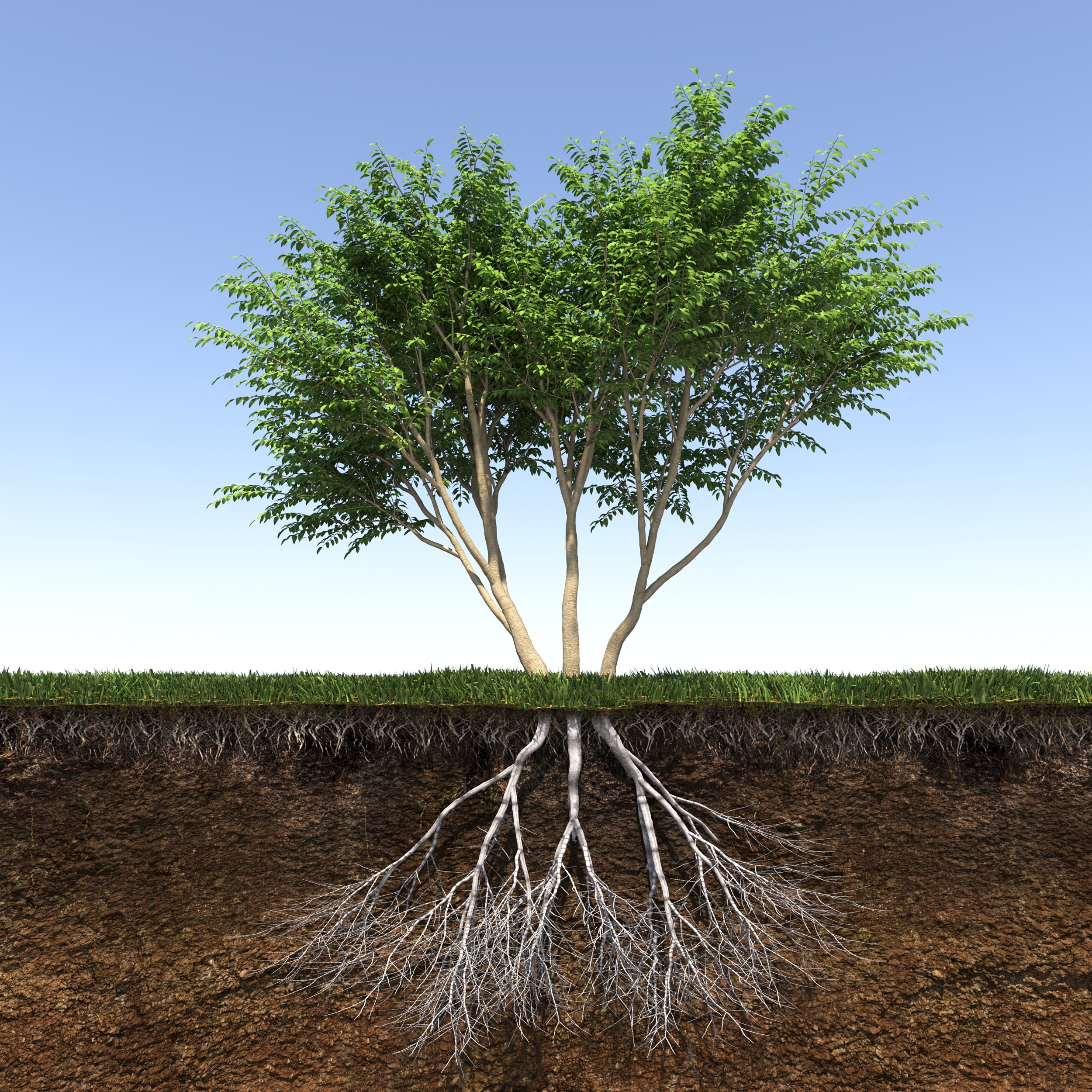Attachment Theory, Relationships, and How EMDR Can Help
Relationships are where many of our deepest joys — and deepest struggles — emerge. If you’ve ever wondered why closeness sometimes feels so good yet so scary, or why you long for reassurance one moment and push it away the next, you’re not alone. Attachment theory offers a way to understand these patterns, and EMDR therapy offers a path to change them. Some people describe a push-pull dynamic — wanting love but fearing it at the same time.
If any of this sounds familiar, you’re not alone. These patterns don’t mean something is wrong with you. They’re rooted in what psychologists call attachment — the way we first learned to connect, seek comfort, and feel safe.
The good news? Even if those early patterns left you struggling, therapy — especially EMDR therapy — can help you move toward healthier, more secure relationships. Originally designed to help people reprocess traumatic experiences, EMDR has also been shown to support emotional healing in relationships, making it possible to create more balance and closeness.
What Is Attachment?
 Attachment starts from the very beginning of life. Long before we can speak, our nervous system is already learning through eye contact, tone of voice, and touch. When caregivers are responsive and attuned, a child knows: “I matter. I can trust. The world is safe.”
Attachment starts from the very beginning of life. Long before we can speak, our nervous system is already learning through eye contact, tone of voice, and touch. When caregivers are responsive and attuned, a child knows: “I matter. I can trust. The world is safe.”
 But not everyone gets that consistency. Sometimes parents are stressed, overwhelmed, or simply unable to give the comfort a child needs in every moment. Understanding how your early experiences shaped your sense of safety and connection can open the door to healing today, without blame.
But not everyone gets that consistency. Sometimes parents are stressed, overwhelmed, or simply unable to give the comfort a child needs in every moment. Understanding how your early experiences shaped your sense of safety and connection can open the door to healing today, without blame.
Attachment Styles in Adulthood
 Over time, the ways we learned to connect in childhood show up in our adult relationships. Here’s a snapshot of how each style might look:
Over time, the ways we learned to connect in childhood show up in our adult relationships. Here’s a snapshot of how each style might look:
- Secure Attachment: You’re able to be close without losing your sense of self. You can ask for what you need, support your partner, and handle conflict without fearing the relationship will fall apart.
- Anxious Attachment: You may feel unsettled when you don’t hear back right away, or find yourself needing frequent reassurance to feel
 secure.
secure. - Avoidant Attachment: At other times, independence feels safer than closeness, and vulnerability can seem risky — leading you to pull back when someone gets too near.
- Disorganized Attachment (Anxious + Avoidant): Another common experience is feeling torn, craving closeness like someone with anxious attachment, while also withdrawing like someone more avoidant.
If you’d like to explore these styles further, the book Attached by Amir Levine and Rachel Heller makes attachment theory easy to understand and shows how these patterns play out in adult relationships.
Many people turn to EMDR therapy for insecure attachment when old relationship fears keep showing up in the present.
These aren’t flaws or permanent labels. They’re strategies you once learned to help yourself feel safe. And the good news is that with therapy, it’s possible to move toward building secure attachment — creating trust, balance, and closeness even if that didn’t come naturally early in life.
Why Relationships Feel So Hard
Attachment patterns can make relationships feel like a minefield. Even when things seem fine on the surface, your nervous system may be carrying old survival lessons that shape how you react.
- If you tend to be anxious, you might notice yourself overanalyzing a simple text — “They just said ‘OK’… are they upset with me?” You may also feel panicky when your partner needs space. It’s not that you don’t trust them. It’s that your body learned long ago to stay alert to any sign of distance.
-
For avoidant patterns, closeness itself can feel overwhelming. Your partner may open up about needing more support, and your first instinct is to withdraw or change the subject. It’s not that you don’t care. Vulnerability feels risky, and your nervous system has learned to keep emotions in check.
- Suppose you feel both anxious and avoidant (disorganized). In that case, relationships can feel like being caught in a tug-of-war inside yourself. You might text desperately when you’re afraid of losing someone. Then, once they move closer, you pull away again. Afraid you’ll get hurt. The push-pull leaves you and your partner both exhausted.
-
With secure attachment, disagreements don’t shake the foundation. Closeness feels safe, independence doesn’t feel like rejection. You can enjoy being connected while also feeling comfortable standing on your own. Most importantly, you trust the relationship can hold both.
Understanding how EMDR helps attachment trauma gives you tools to shift those repeating cycles and approach relationships with more confidence.
Wherever you are right now, therapy can help you take the next step forward. These reactions aren’t about being “too much” or “not enough.” They’re the nervous system doing what it learned to do to keep you safe. With support and reprocessing, those patterns can soften — creating new space for safety, balance, and connection.
How EMDR Helps with Attachment Wounds
 Healing attachment wounds with EMDR offers a path to shift old patterns and open the door to healthier connections.
Healing attachment wounds with EMDR offers a path to shift old patterns and open the door to healthier connections.
Many people think of EMDR therapy only for trauma, like car accidents or combat, but it’s also widely used to heal attachment wounds and strengthen inner resources. If you’d like a simple, gentle tool for building inner strength, Laurel Parnell’s book Tapping In offers step-by-step guidance on using bilateral stimulation to access your own healing resources.
For another example of EMDR’s impact, take a look at my blog on how EMDR helps with relationship anxiety — it may feel familiar if you’ve struggled with closeness and fear at the same time.
Here’s how EMDR can help:
EMDR helps you reprocess both what happened and what was missing, making it possible to feel safer, more connected, and more supported in your relationships — so you can feel safe and connected today.
- Reaching early experiences: EMDR can access preverbal or body-based memories — even the “I don’t know” feelings of being alone, unseen, or not comforted.
- Working with absences: Healing isn’t only about reprocessing what happened. It’s also about reprocessing what didn’t happen — the missed hugs, the lack of comfort, the moments of feeling invisible.
- Repairing in the present: In EMDR, the therapeutic relationship itself is an integral part of the healing process. Your therapist provides safety and connection as your brain reprocesses old patterns.
- Building new beliefs: Over time, EMDR helps you shift from survival-based messages (“I don’t matter,” “I’m too much”) to new, adaptive beliefs: “My needs are valid. I am lovable. I don’t have to do this alone.”
This process is often described as developing secure attachment in adulthood — creating the sense of safety and connection you may not have consistently experienced as a child.
Healing and Moving Forward
Healing attachment wounds can transform your relationship with yourself and others. Sometimes, relationships grow stronger as you change; sometimes old patterns no longer fit, and that brings both grief and growth. Both are part of the healing process.
What matters most is that you no longer have to stay stuck in cycles of fear, self-doubt, or disconnection. With EMDR, it’s possible to feel at home in yourself and in your relationships — to build trust, closeness, and balance that once felt out of reach.
Final Thoughts
With time and support, you can begin building secure attachment with EMDR, creating new patterns of trust and closeness.
Attachment shapes how we love and connect, but it doesn’t have to define your future. Suppose you recognize yourself in these patterns and feel ready for change. In that case, therapy can be a valuable tool to help you achieve it. EMDR offers a way to gently reprocess the past, heal the nervous system, and open the door to the kind of connection you’ve always longed for.
Healing attachment is about creating new ways to feel safe, connected, and supported. You can also explore Parnell’s approach to Resource Tapping into Love, a client-friendly practice that helps activate feelings of safety and connection through bilateral stimulation
Begin Your Healing Journey
Healing attachment is about creating new ways to feel safe, connected, and supported in your relationships. If you see yourself in these patterns, you don’t have to navigate them alone.
At Integrative Path Therapy, I specialize in working with adults facing trauma, attachment wounds, and emotional dysregulation. My approach uses evidence-based therapies like EMDR and DBT to help clients move toward balance, healing, and more secure relationships. I also offer trauma therapy for those who want to understand the impact of past experiences and begin moving toward lasting healing.
Sessions are available in-person therapy in Las Vegas, NV, and Torrance, CA, as well as online sessions across California, Nevada, and Oregon.
If you’re ready to begin healing old patterns and building healthier connections, I’d love to talk with you. Contact me here to get started.









